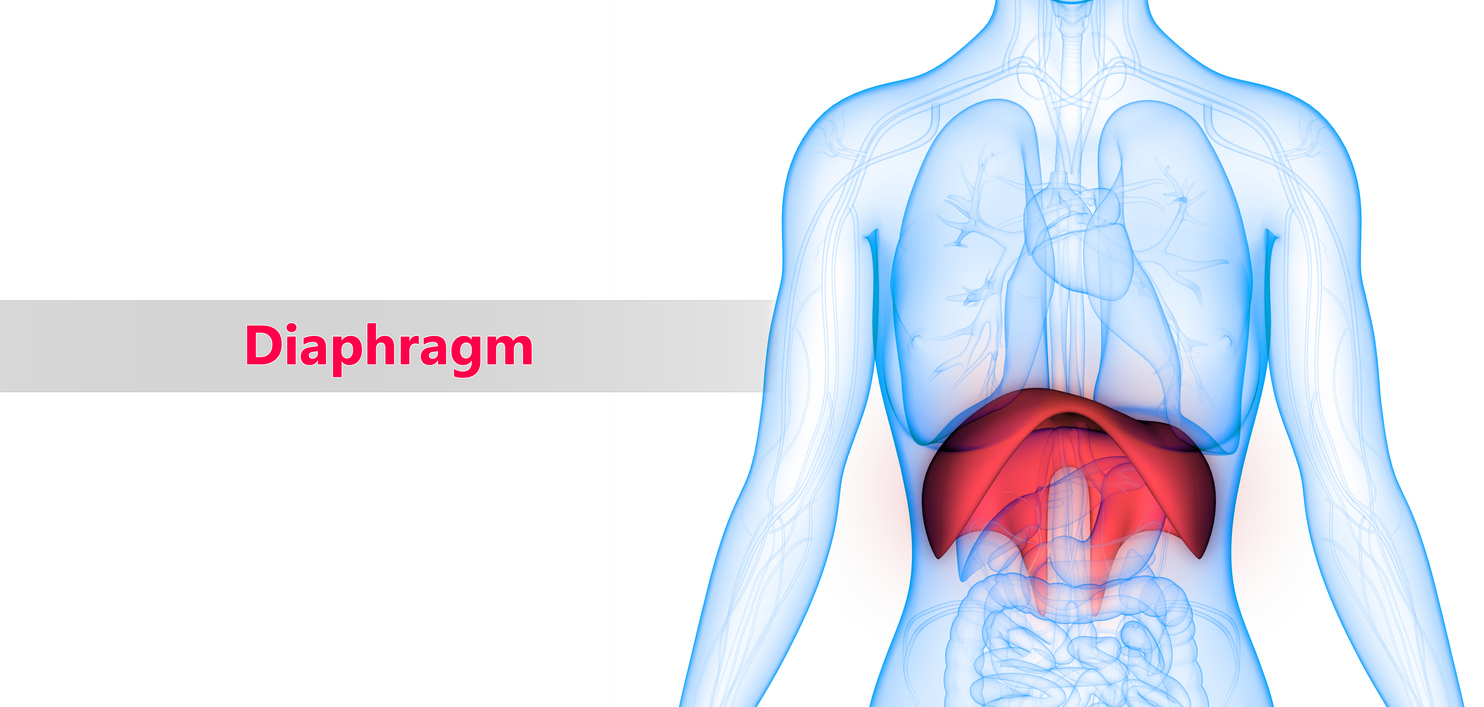We breathe in and out every day without even thinking about it. But many people do not realize the importance of how we go about doing this. There are two important points I wish to cover: 1) breathing through your nose and 2) breathing using your diaphragm.
Breathing Through Your Nose
We all know that we need to breathe in air to supply our bodies with oxygen. However, just like a machine, how we operate it affects its efficiency.
Most people breathe through their noses. However, some people breathe through their mouths. It is overall healthier to breathe in through your nose. Additionally, recent research with recreational runners shows that breathing through your nose can also be better while exercising. When you breathe through your nose, your body can more efficiently use the oxygen. Here is why:
- Your nose filters out foreign particles.
The hairs in your nose filter out dust, allergens, and pollen. This helps keep them from entering into your lungs. - It humidifies the air you breathe.
As you breathe in air through your nose, the air is warmed and moisturized which brings the air to your body temperature. This makes it easier for your lungs to use. - Your nose produces nitric oxide.
When you breathe in air, your nose releases nitric oxide (NO). NO helps to widen blood vessels. This can help improve oxygen circulation in your body.
Other benefits that stem from these functions:
- Increases airflow to your blood vessels and nerves.
- Increases your oxygen uptake and circulation.
- Improves lung volume.
- Exercises your diaphragm so it works properly.
- Aids your immune system.
- Protects your mouth from drying out.
Do You Breathe Using Your Chest or Diaphragm?
As you are reading this, notice how you are breathing. Is your chest rising and falling as you breathe? Or, are you breathing from your belly? Ideally, you want to be breathing from your diaphragm, also known as “belly breathing”.
What is your Diaphragm?

Your diaphragm is an important muscle that helps you breathe. It is located just under your lungs. When you inhale using your diaphragm, the diaphragm tightens and moves downward. This creates negative pressure in your chest which allows your lungs to expand and take in air when you breathe in. When you exhale, your diaphragm relaxes and moves upward in the chest cavity pushing the air back out. This is the most efficient way to breathe because it allows your body to take in more oxygen than when you breathe through your chest.
Here are some of the benefits of breathing from your diaphragm:
- Helps you relax, lowering the harmful effects of the stress hormone cortisol on your body.
- Lowers your heart rate.
- Helps lower your blood pressure.
- Helps you cope with the symptoms of post-traumatic stress disorder (PTSD).
- Improves your core muscle stability.
- Improves your body’s ability to tolerate intense exercise.
- Lowers your chances of injuring or wearing out your muscles.
- Slows your rate of breathing so that it expends less energy.
Exercise to Improve Breathing through Your Diaphragm
Just like with any muscle, your diaphragm can become weak due to lack of use. This could come from having a more sedentary lifestyle, poor posture, restrictive clothing, and so on.
So, you must exercise this muscle and teach yourself how to use it again.
Here is a simple exercise from Healthline you can do to strengthen your diaphragm and improve your breathing:
- Sit up tall and relax your shoulders. You can also lie down on your bed.
- Close your mouth. Place one hand on your belly and one on your chest.
- Inhale slowly through your nose, letting your belly rise and fill with air. Your chest should stay still.
- Purse your lips and exhale slowly.
- Repeat for 5 to 10 minutes.
If you have been breathing with your chest for some time, it will take practice to naturally breathe using your diaphragm. We recommend you start doing this exercise 3 times a day for 5 to 10 minutes. But, like any exercise, work at it best as you can and build up as you go. If you make this a habit, you can get to where you breathe from your diaphragm naturally and do not have to think about it at all.
Dr. J. Craig Strickland, DC
Contact Us
Carolina Rehab and Physical Medicine Center
1211 48th Ave N
Little River, SC 29577

